
Scentsation! – Fragrant Climbers
by Charlie Pridham, Roseland House Nursery
For me scent is an important part of the overall experience of plants and gardens which is why I find scented climbers so useful as they rather obligingly bring their flowers up to head height, which not only means no bending but helps spread the fragrance far and wide.
The following are just some of the climbers we are hoping to bring to this years "Plant Hunter Fairs".
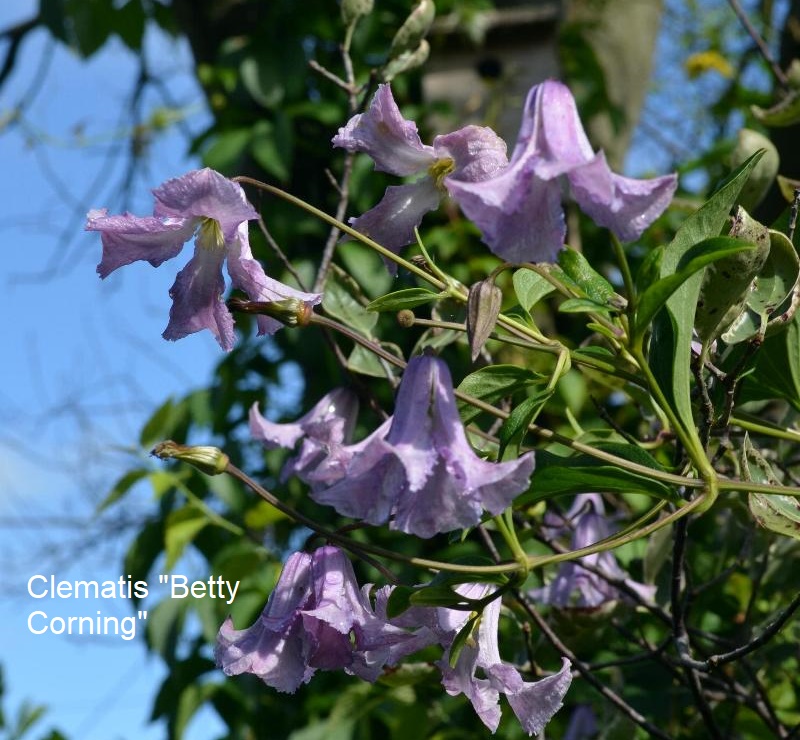
There are not so many scented Clematis but those that are, are rather good at it, just about everyone will have heard of C.montana and most (but not all) varieties are scented 'Elizabeth' a pale pink from the 1950's is particularly good in the Spring, later in the year the best performers are C. 'Betty Corning' with its pale blue bells and C x triternata-rubromarginata which produces mass of pink and white vanilla scented flowers, both are at their best July to September.
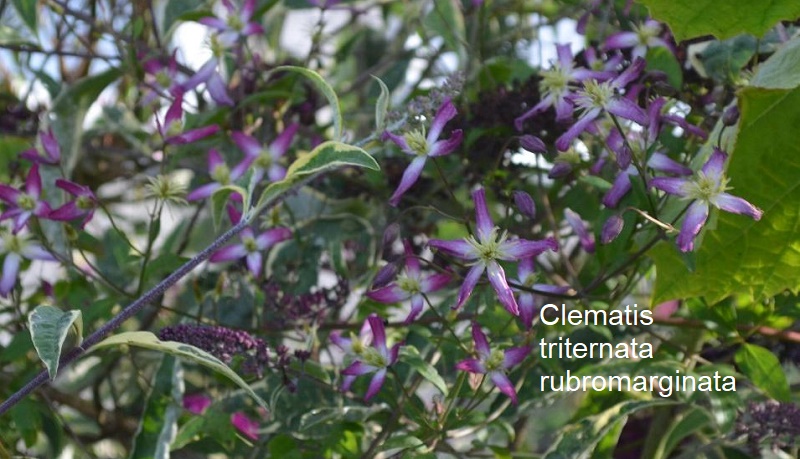
Honeysuckles are of course well known for their scent, largely because our native species Lonicera periclymenum is one of the very best in the world for scent, in flower for most of the summer it is best not planted in parts of the garden that get hot as it releases scent better in the cool and indeed is usually more strongly scented mornings and evenings when the scent can seem strong enough to be able to drink. Equally strong but with a hint of spice and a month earlier into flower is the hybrid Lonicera x italica. Many other honeysuckles species are unlike those two also evergreen and one of the best for trouble free leaves and scent is the newly introduced Lonicera glabrata which flowers in August and September and follows the flowers with shiny black berries. From a garden perspective I think all honeysuckles benefit from being pruned from time to time to take out the oldest wood and help them renew themselves from the base.
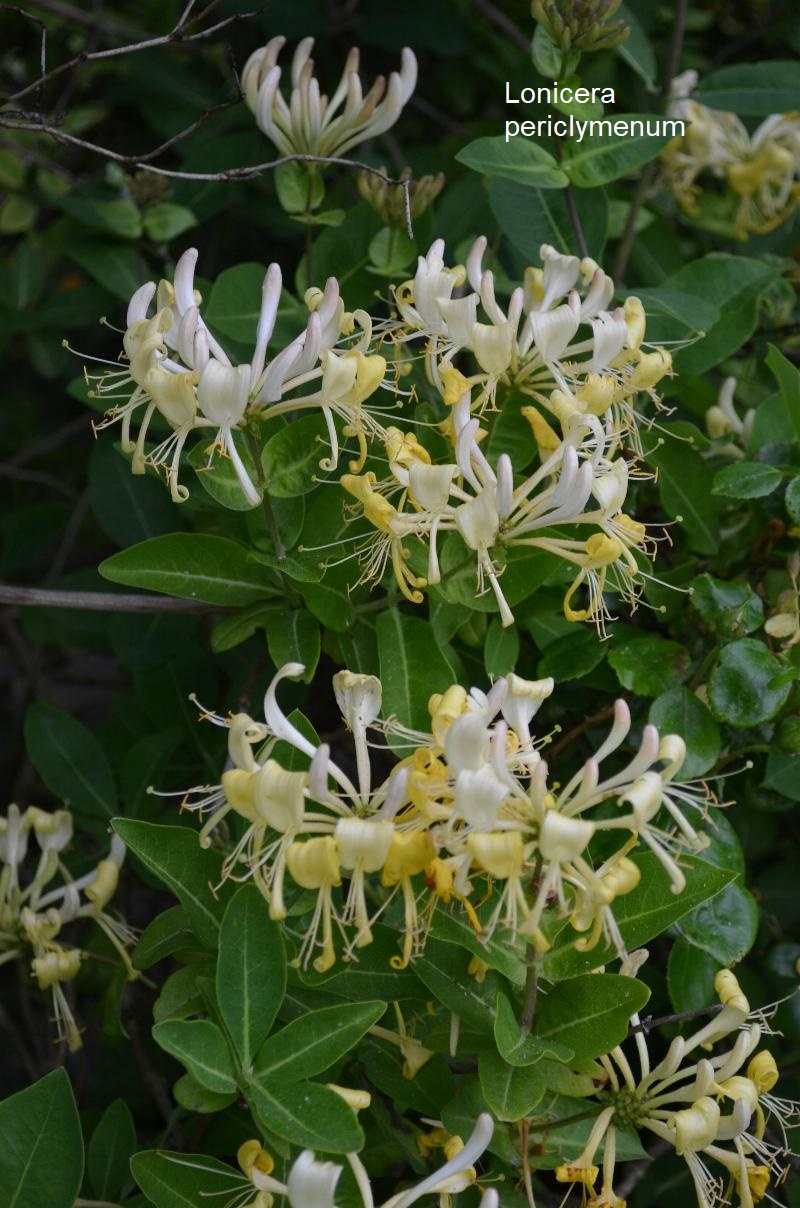
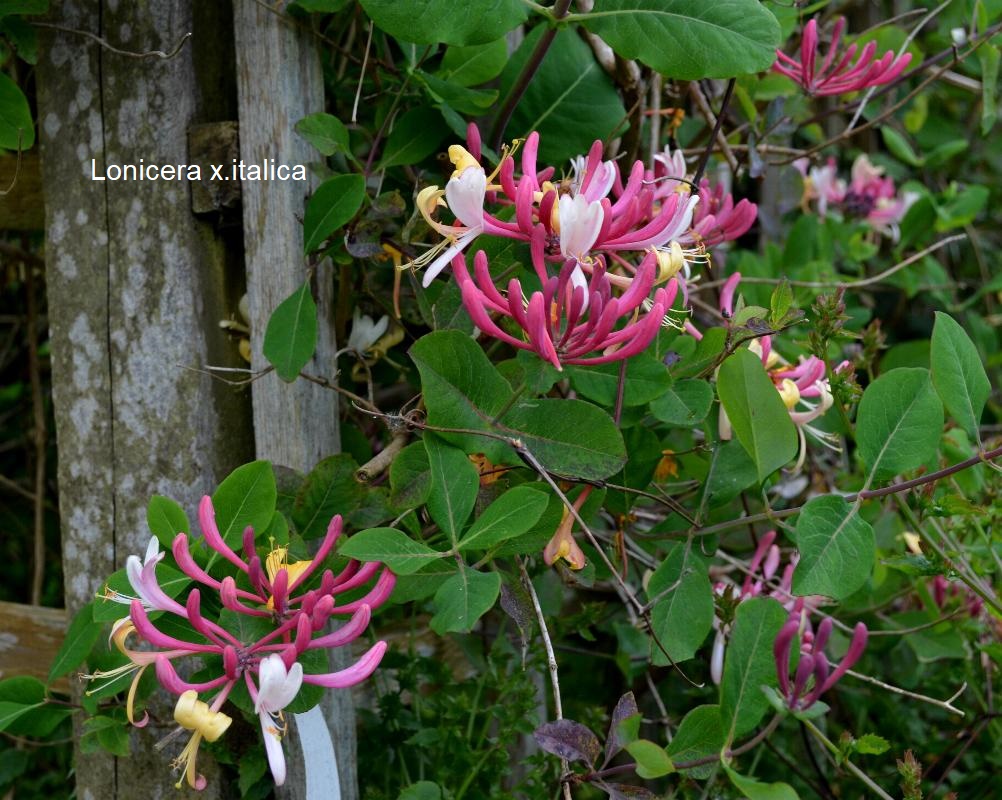
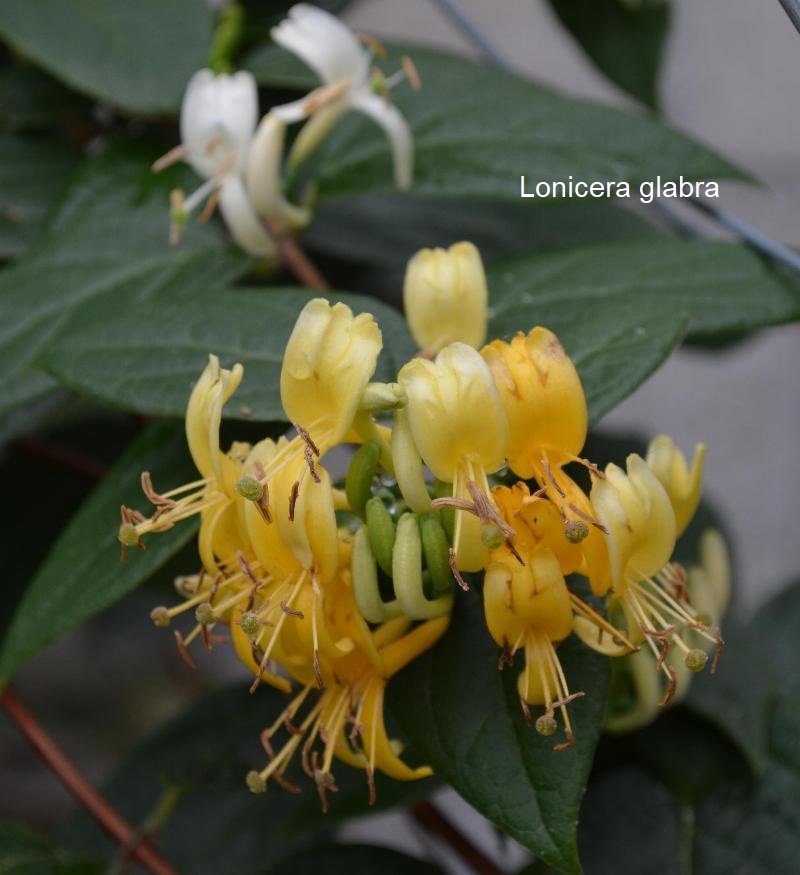
In the spring I am particularly fond of the Akebia quinata forms with the rich chocolate scent and colourful autumn fruits these are semi evergreen and will keep their leaves most winters. For more reliable leaves in winter the related Holboellia coriacea are extremely powerfully scented and on mild days can be smelt many meters away, these also sport large edible fruits in autumn.
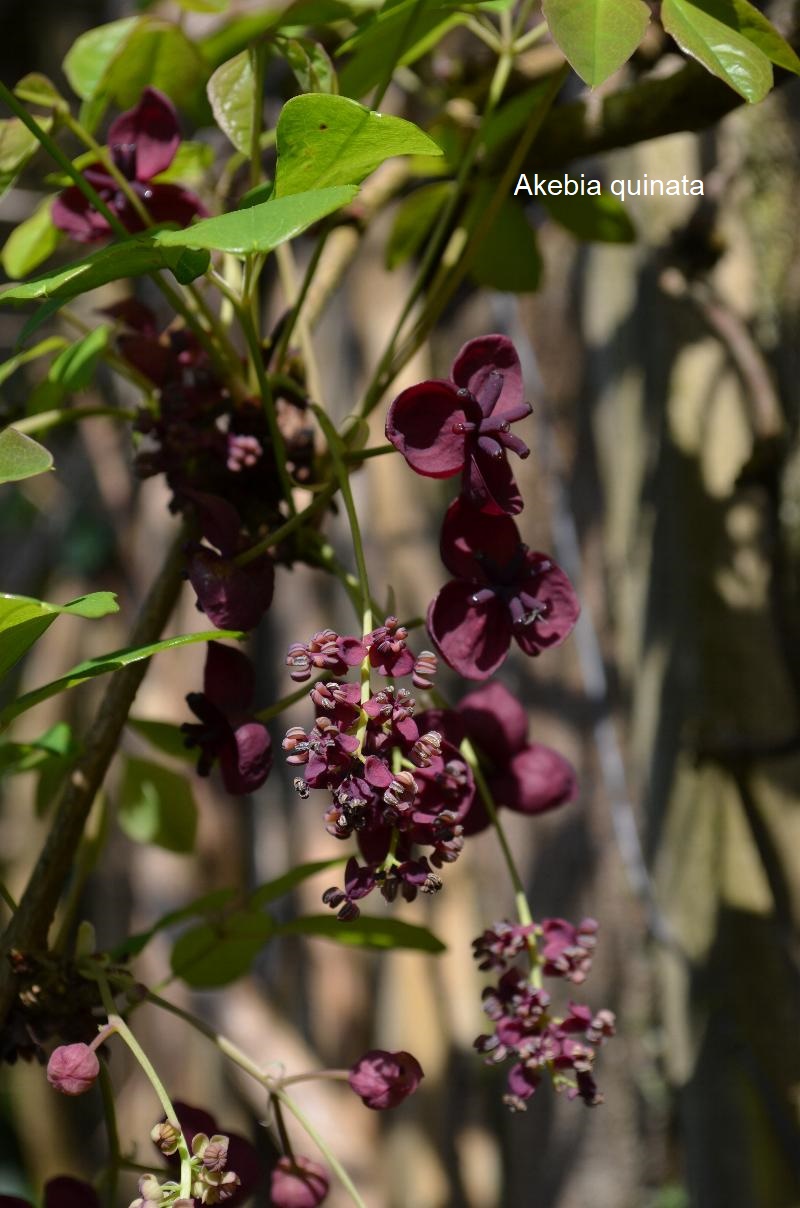
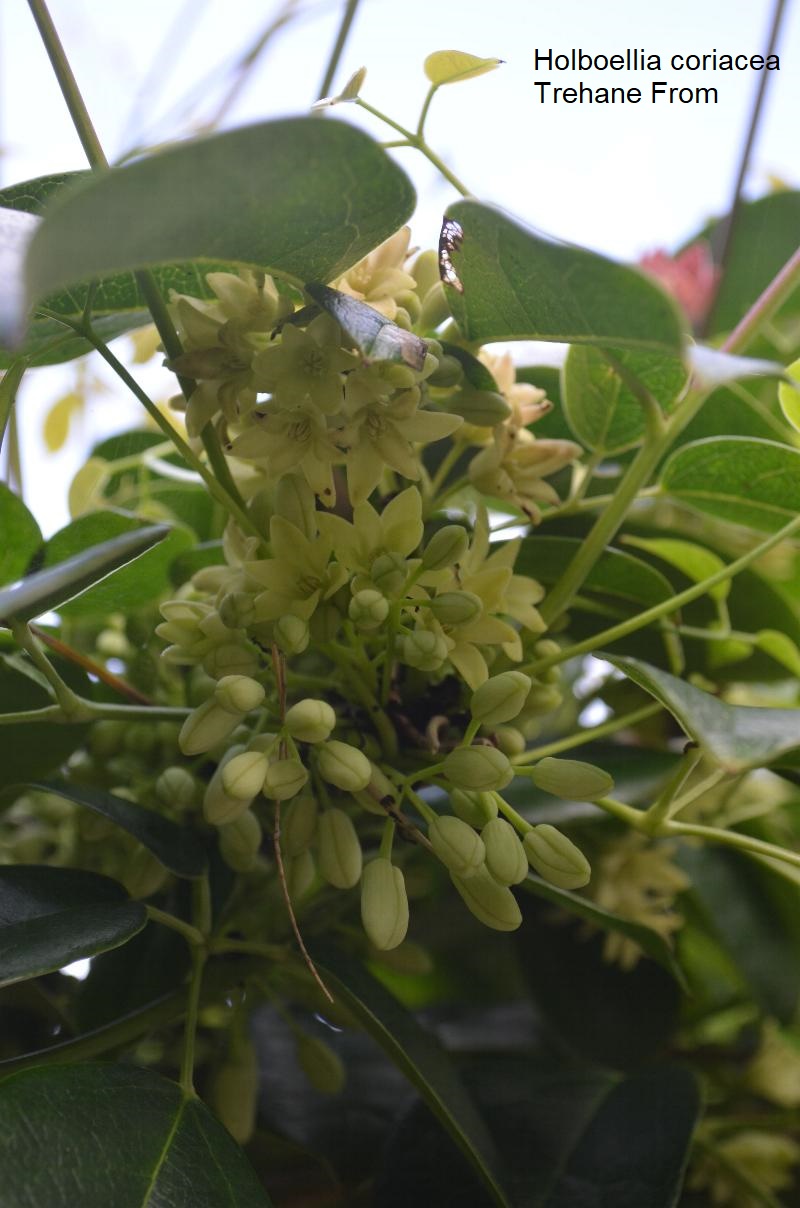
In the summer one is a bit spoilt for choice, my top picks for scent would be Evergreen Trachelospermum, especially T. jasminoides, it's easy to see why the Americans refer to them as "Confederate" or "Star Jasmines" the mass of white flowers in summer have a strong fragrance. Although both deciduous climbers Mandevilla laxa and Dregea sinensis always draw comment here in the garden both for the strong scents and their appearance. Dregea flowers better with some sun, but the Trachelospermum and Mandevilla in my garden both grow and flower with very little direct sun so giving even more scope for planting opportunities. As far as actual Jasmines go J. officinale is hardy and white or cream this need sun to flower well, while the hybrid Jasminum x stephanense which has pink scented flowers in great profusion.
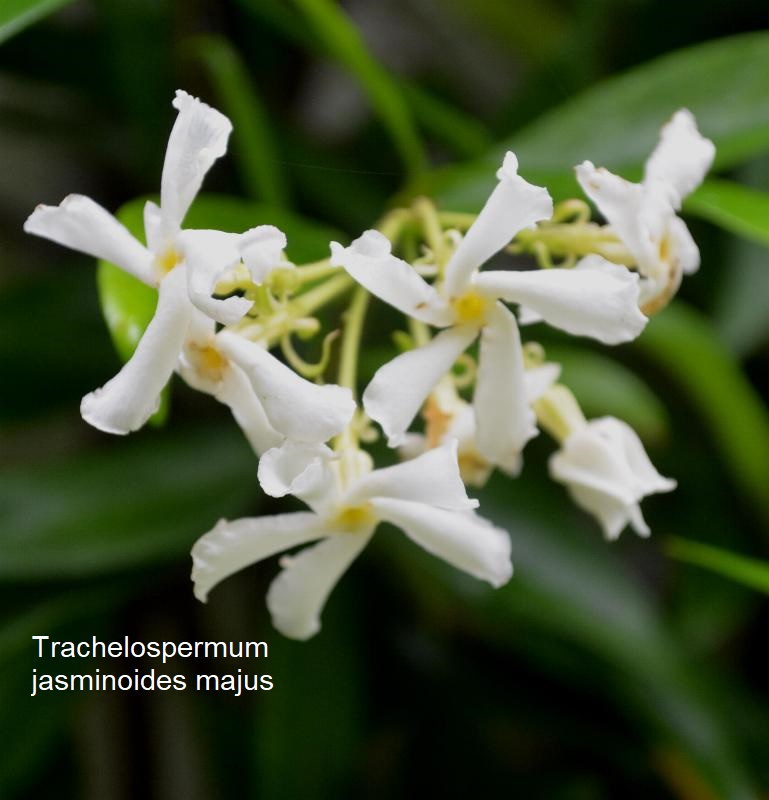
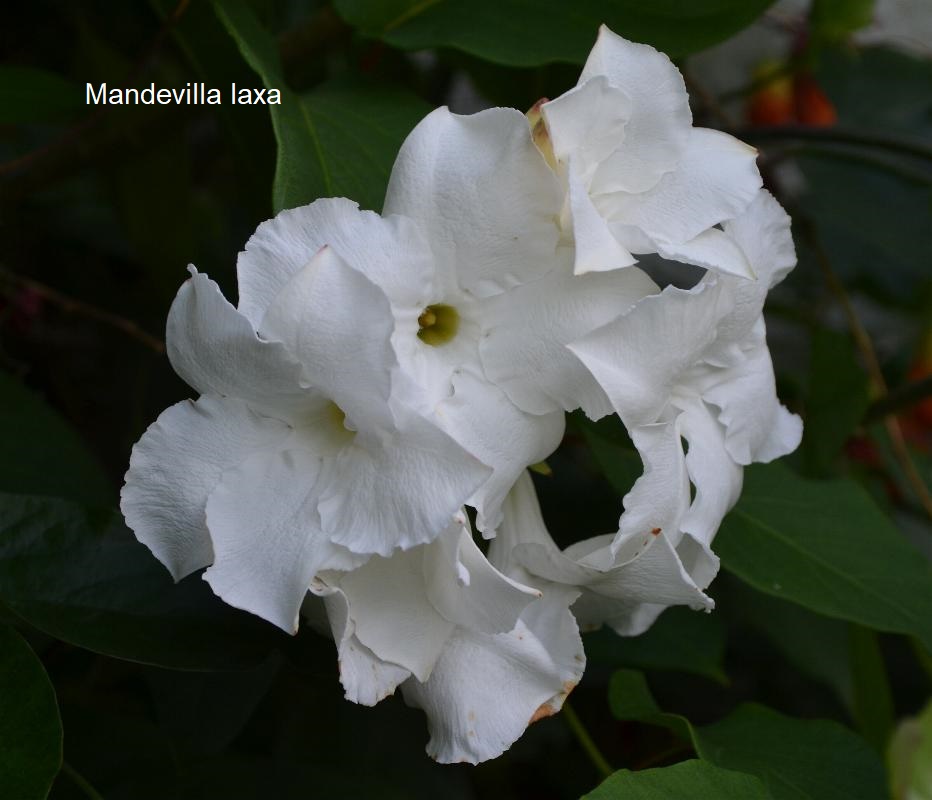
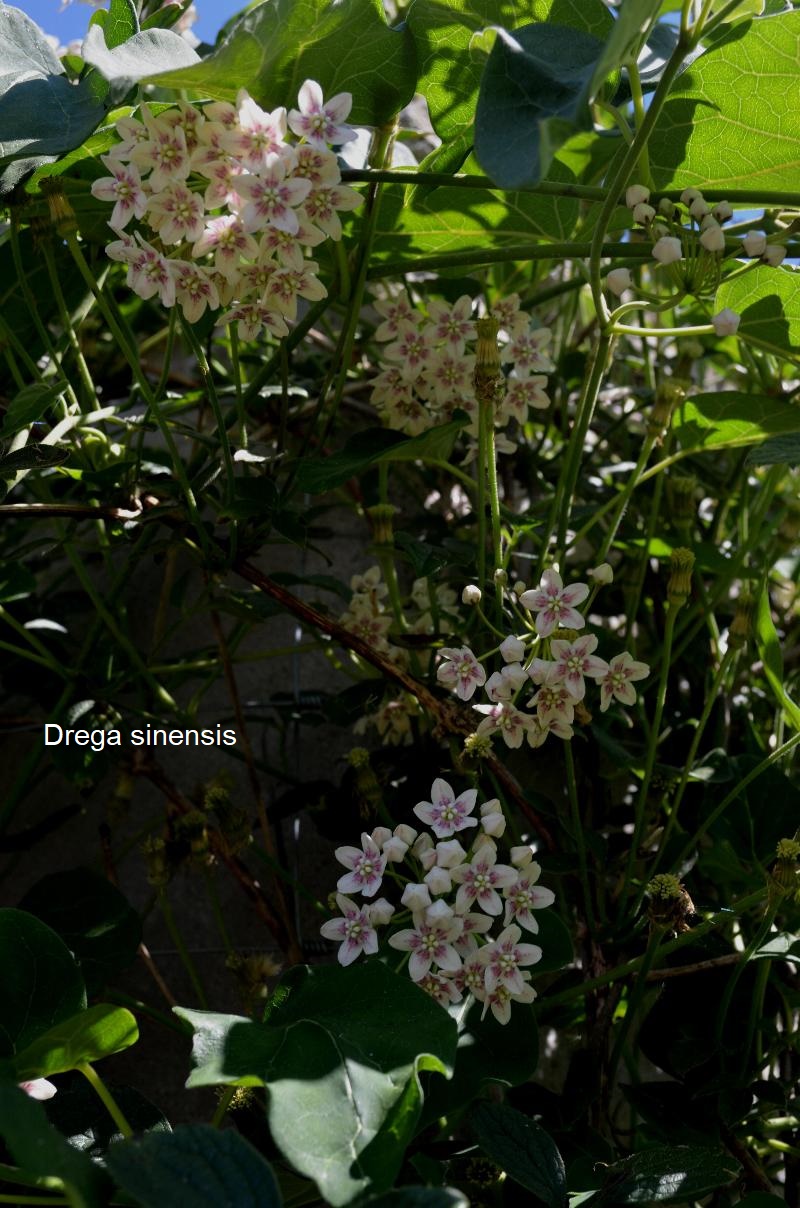
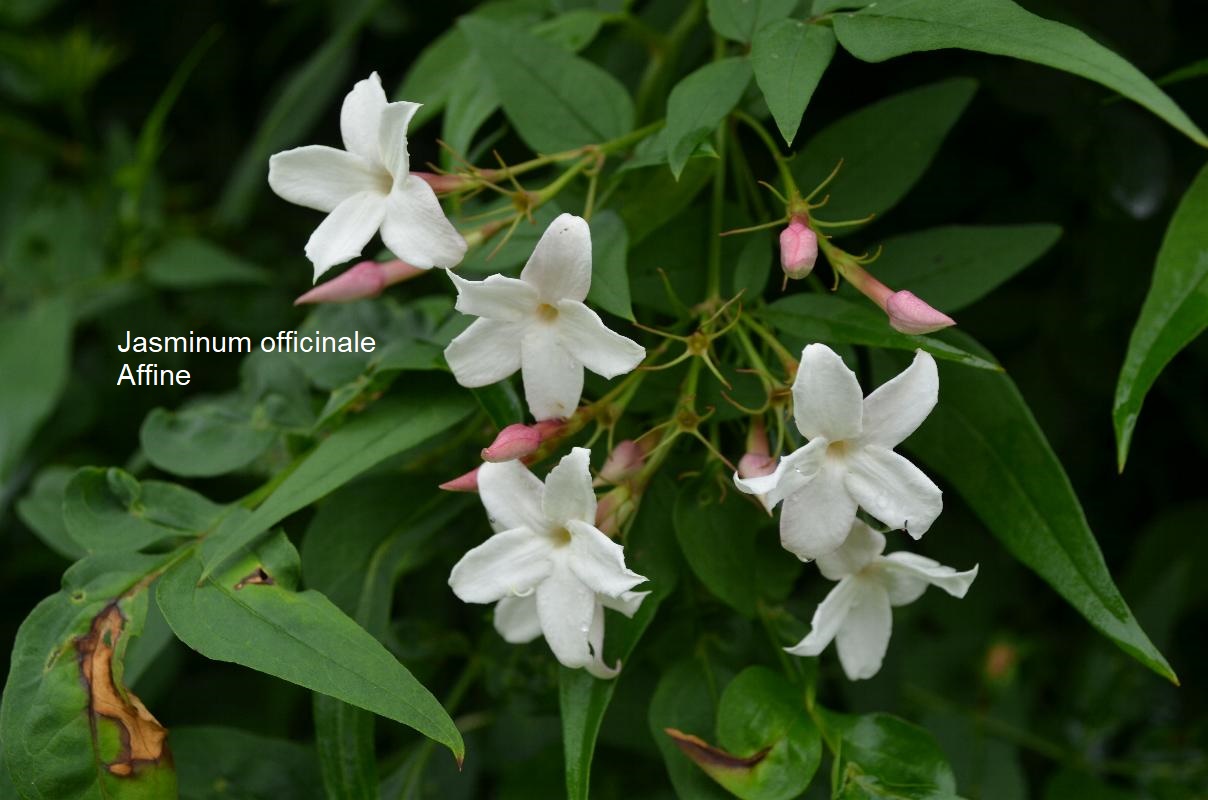
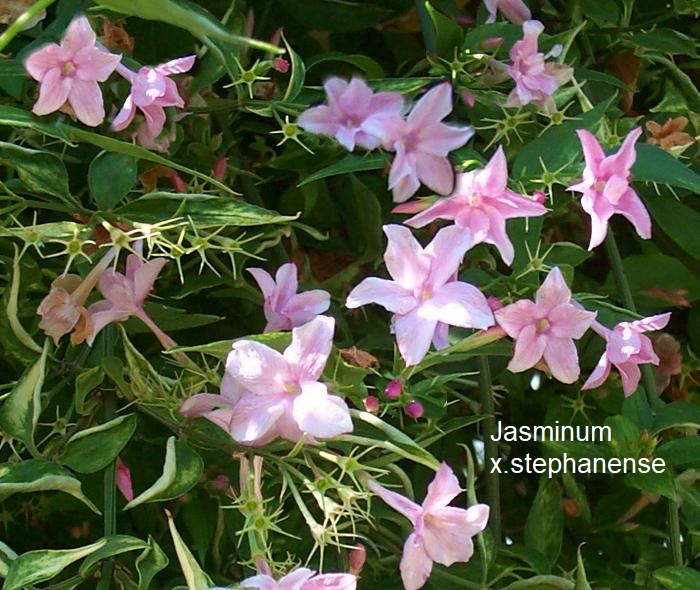
Although we grow mainly climbing plants there are one or two shrubs which will benefit from the support of a wall which manage to worm their way onto our propagation list each year Coronilla valentina with its neat evergreen leaves and yellow flowers smelling of ripe peaches all winter and spring is a lovely thing to have near the house where the winter scent can be enjoyed. Another firm favourite here is the "Incense Bush" which we knew as Eupatorium ligustrinium but has been got at by the botanists and is now Ageratina ligustrinia! Evergreen with aromatic leaves the scented flowers come late in the season and always attract the late season butterflies.
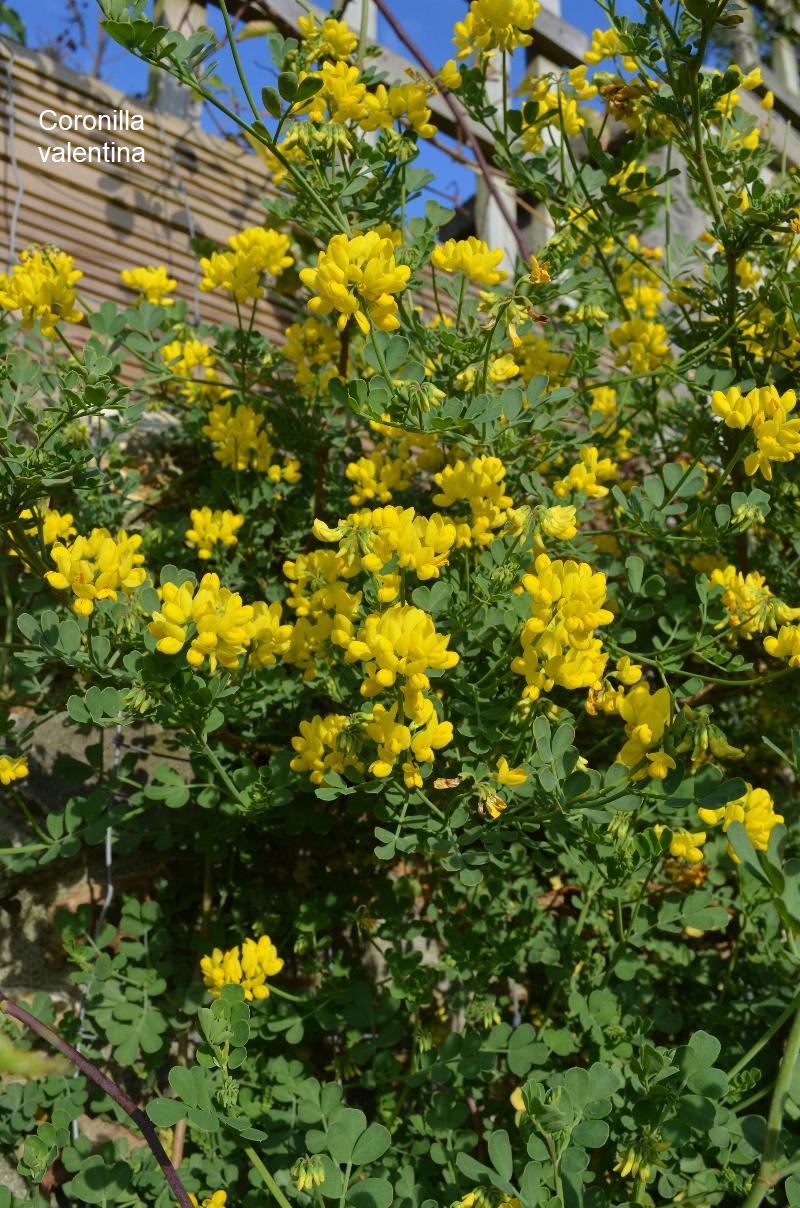
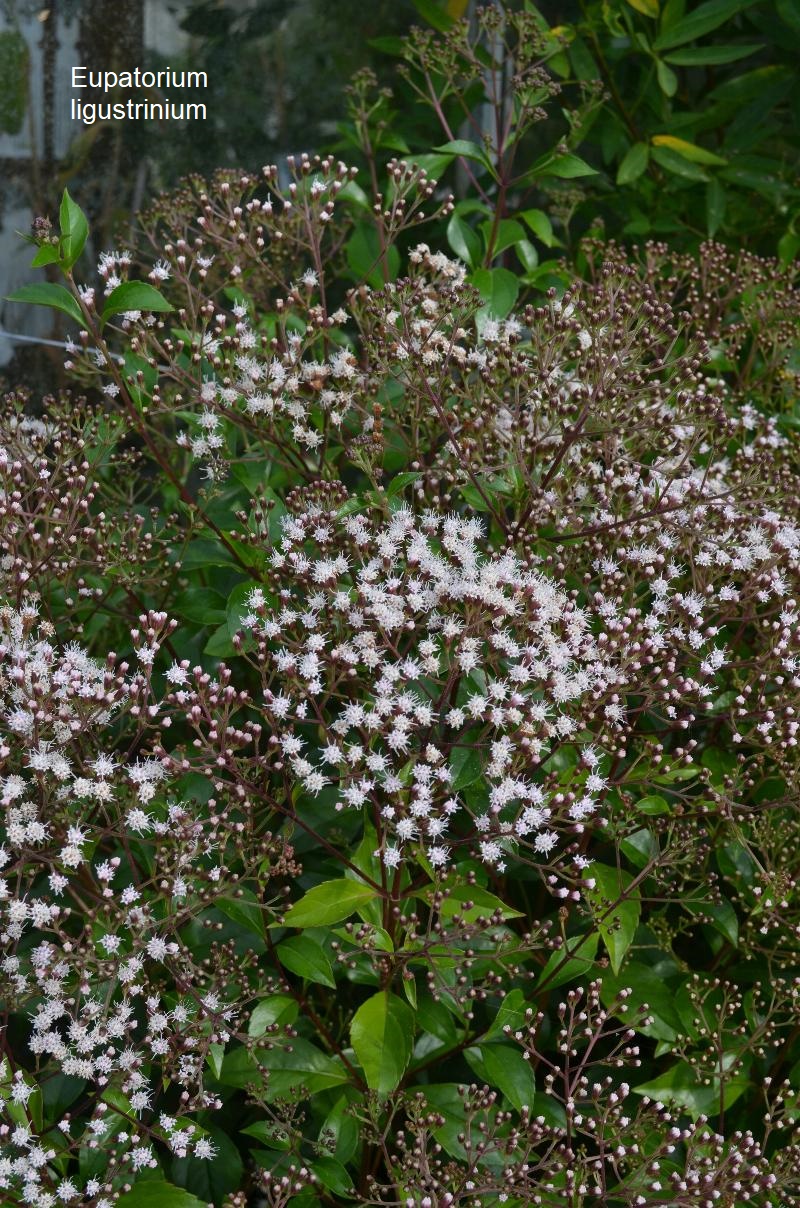
With a house called "Roseland" it was I suppose inevitable that we would end up growing roses, Cornwall is not the best part of the UK for rose growing but we have found that by sticking to the rambling rose group we get good results with very minimum effort from us and grow a large collection of them. The wichuriana types like 'Alberic Barbier' and 'Francois Juranville' have very flexible stems and almost evergreen healthy leaves described in the books as "Apple scented" meaning the blossom not the fruit! More recognisably rose scented are ramblers like 'Rambling Rector' and 'Pauls Himalayan Musk' but here the habit is much stiffer so they are really good at growing into trees and hedges.
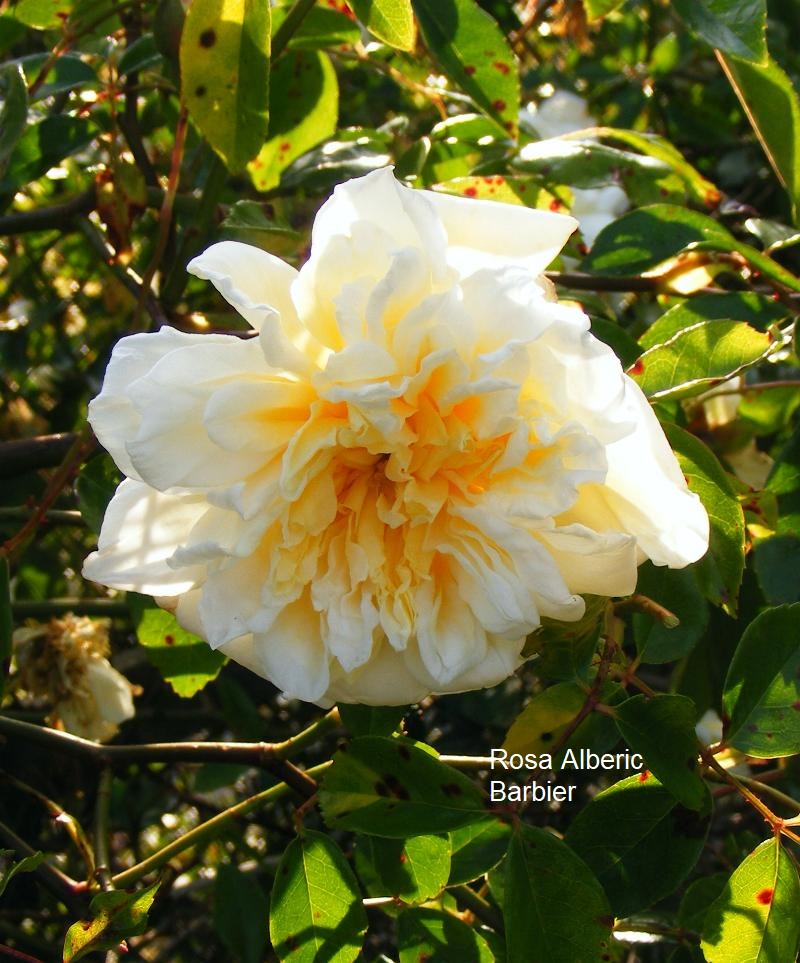
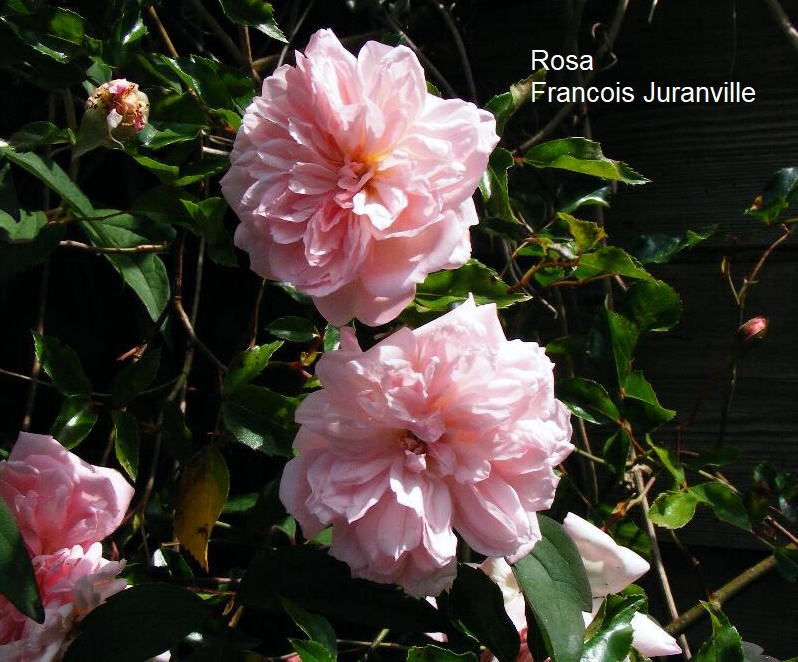
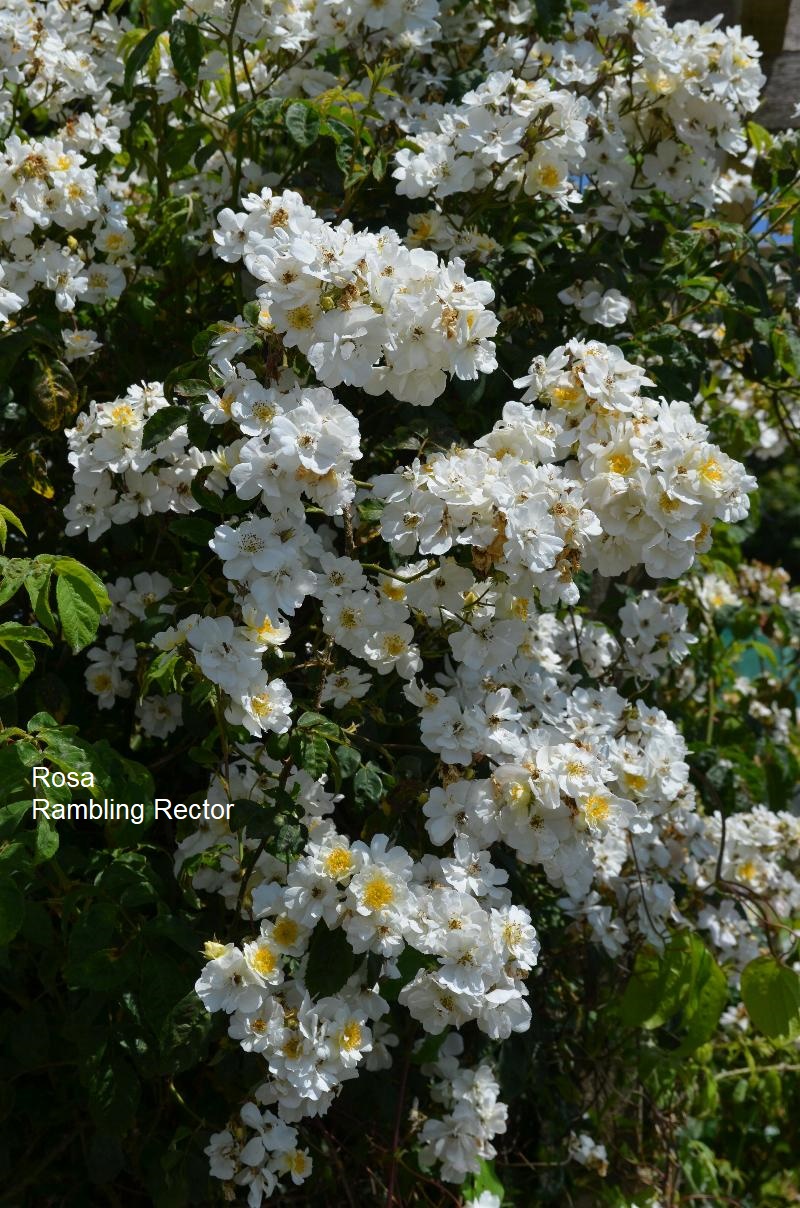
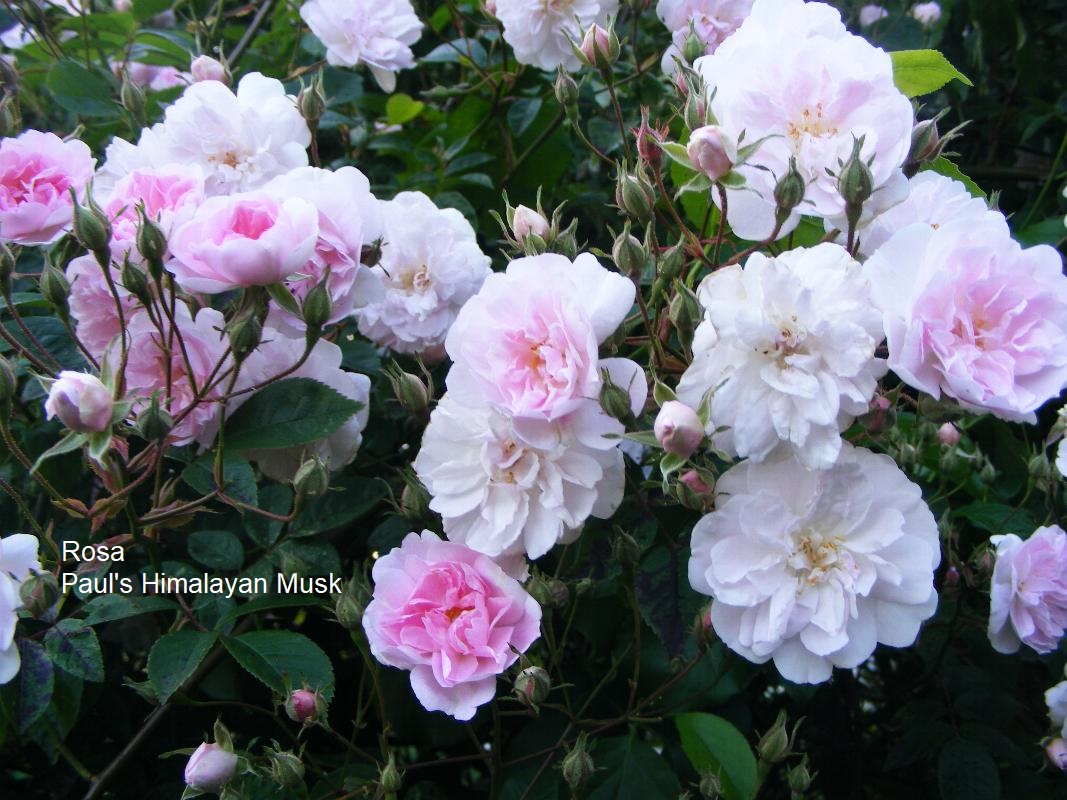
The last mention goes to our Wisteria floribunda, a seedling which we grew here, this flowers like crazy and apart from looking fantastic the perfume is absolutely gorgeous. We grow these from cuttings, so there is no graft to fail in the future and flowering is early on in the plants life especially if they are well watered as young plants.
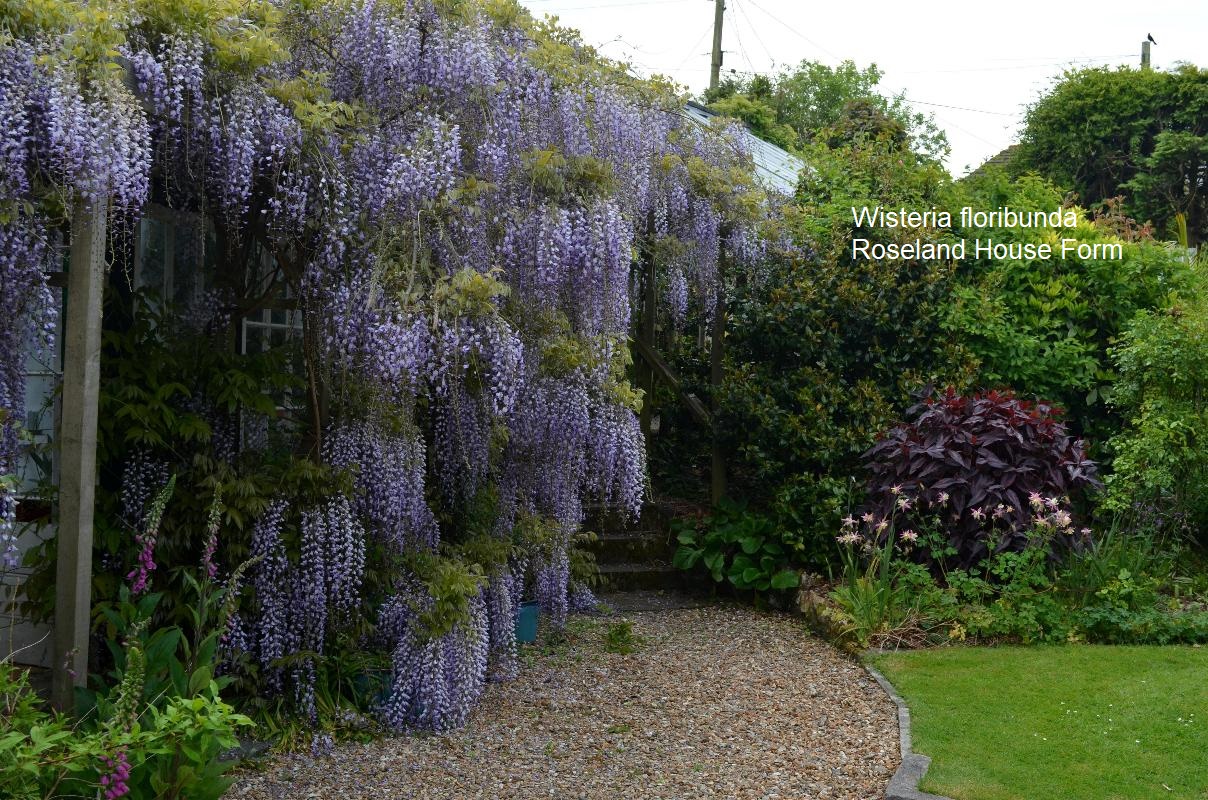
We are very much looking forward to getting back to the plant sales this year, please remember that we grow a huge range of plants and can not possibly get them all on our van! So it's a good idea to pre-order plants by email if you want to make sure you get what you want (and I am sure all the other nurseries would be pleased to do like-wise)
Click or tap here to see which PHF Roseland House are attending this year.
Charlies Pridham,
Roseland House Nursery
All text and images © Charlie Pridham 2021
Charlie and Liz Pridham run Roseland House Nursery in Chacewater, near Truro, Cornwall where they hold two National Plant Collections: Clematis Viticella cultivars and Lapageria rosea Cultivars. They also grow a great range of other exciting climbing plants and conservatory plants.